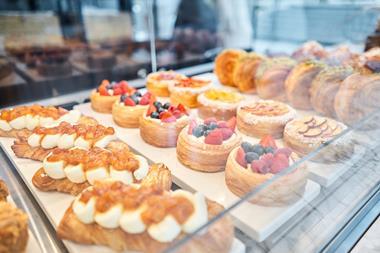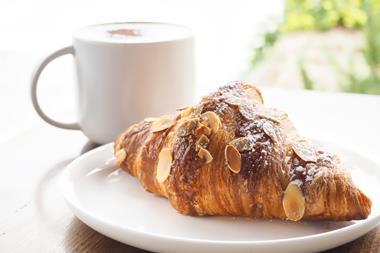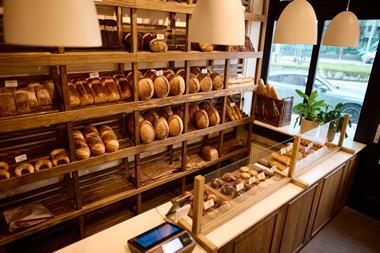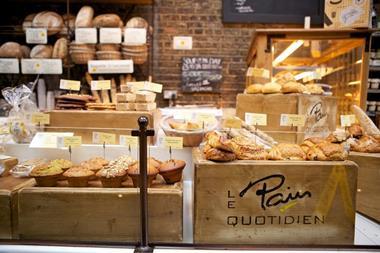Lucy Ingram, market analysis manager at MCA Insight,on the opportunities and challenges for bakers targeting the delivered foodservice market
Delivered foodservice has had a meteoric rise and has become far more than ordering from your local independent Indian or Chinese restaurant.
The likes of Deliveroo and Uber Eats have revolutionised the sector, bringing high street chains to the homes of a hungry nation demanding greater convenience. So much so, the MCA Foodservice Delivery Market 2018 Report predicts the total foodservice delivery market to be worth £7.5bn in 2018. This is up 7.9% – or around £0.6bn – on 2017 and the report is forecasting increasing spend and frequency will see the sector grow 5% annually over the next three years.
A catalyst of rising frequency is increased choice for consumers. Foodservice delivery has moved beyond local takeaways and high street chains, with the retail and bakery sectors seeking a piece of the pie.
Asda and Greggs have both made recent headlines after announcing partnerships with Just Eat and Deliveroo respectively. Asda has introduced a pizza delivery service, and Greggs has begun trials in London, Bristol and Newcastle to test the waters. [See p5.]
Is this the start of something big for the bakery sector? There is no doubt that the size of the market and forecast growth will be enough to motivate any business to find a way of making it work, but it isn’t always that simple.
The main pitfall for the bakery sector is delivery charges and minimum order quantities.
Without these, it could prove costly – driving five miles to deliver a £1 sausage roll doesn’t scream efficient. Greggs has introduced a £10 minimum order quantity (MOQ) and a £2.50 delivery charge, which almost immediately rules out the individual consumer or even a group of two or three.
MOQs are common across foodservice delivery and, in most cases, it is relatively simple for one or two people to hit the target. But this isn’t the case for the bakery sector.
However, by focusing on big cities, Greggs is able to target a broad range of consumers. All three cities are big business hubs and the corporate consumer could be the biggest, most profitable opportunity. This could prove to be the ideal target market for the bakery sector.
For larger groups, the Greggs offer becomes more appealing as the cost of the delivery becomes shared.
The opportunities are out there for the bakery sector, but they must outweigh the challenges in order to succeed.
































No comments yet